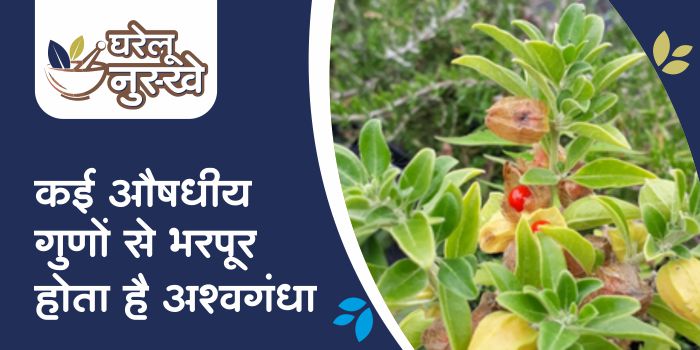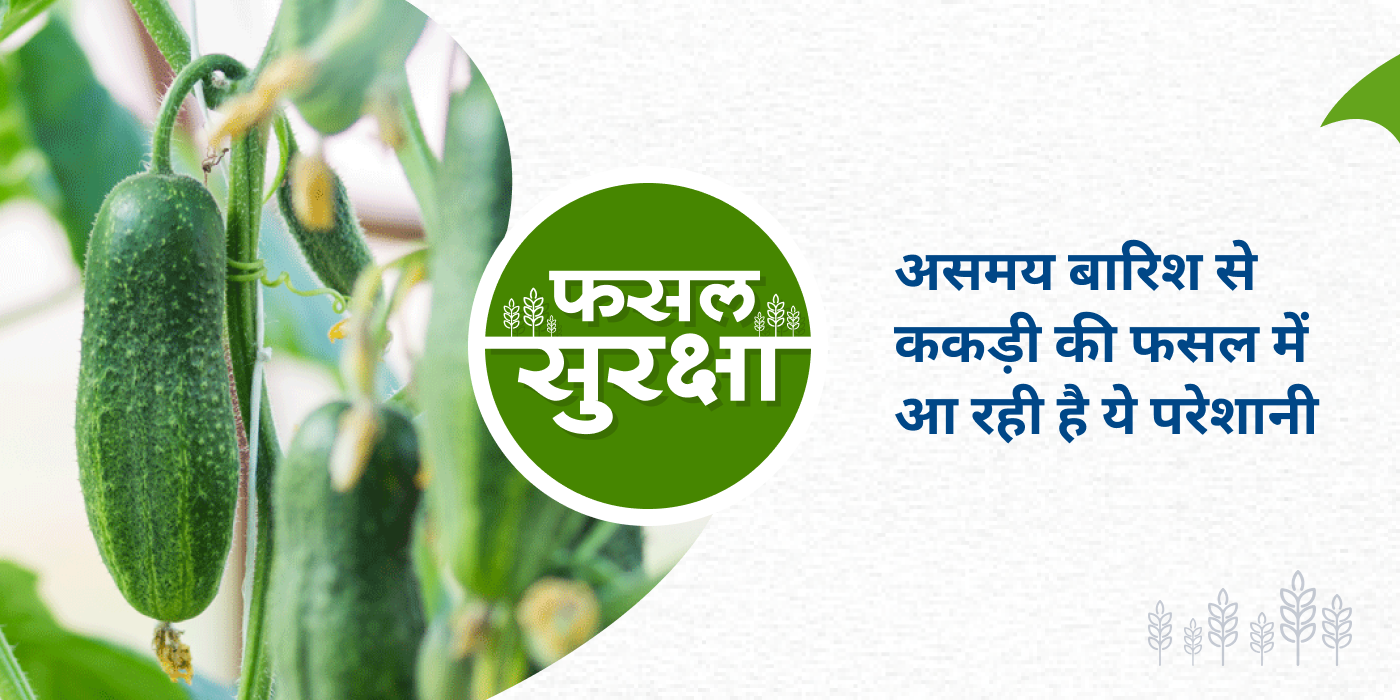Skip to content
- Before leaving earthworms in Vermi beds, partial decomposition of raw materials (cow dung and essential waste), which can take upto 15 to 20 days, is very necessary.
- Maintain 30 to 40 percent moisture in composted waste beds until it is ready. Earthworms do not work properly when there is less or too much moisture in the waste.
- Never use fresh cow dung in a vermicompost bed. Earthworms die due to excessive heat in fresh dung, so let fresh dung cool for 4 to 5 days before use.
- Do not use any kind of pesticides while making earthworm manure.
- Earthworms work faster when the pH is neutral (around 7.0), to keep the pH neutral of the waste during vermicomposting, you must add ash to it.
Share
- Cucumber is a very important summer crop.
- Apart from pulses, cucumber is a very profitable crop, which farmers can plant to earn huge profits.
- These are some select beneficial varieties of cucumbers: Swarna Poorna, Swarna Ageti, Kalyanpur Green, Pant Kheera-1, Fine Set, Japanese Long Green etc.
- For planting of cucumber crops in summer, 300-350 grams of seeds is required per acre.
- For a quality production, sow summer cucumber crops in the month of March and make sure to use necessary fertilizers from time to time to get a good yield.
- The schedule of irrigation should be maintained carefully. Fields with water availability should be chosen.
Share
- In order to maintain the fertility of soil, different crops are sown on a certain area, in a certain sequence, at a given time, this cycle is known as crop rotation.
- Its purpose is to make good use of available nutrients and elements and to balance the physical, chemical and biological conditions of the land.
- crop rotation is a very important factor for a good quality production of any crop.
- The type of crop rotation depends upon the season it is being sown. The types of crop rotation are as follows: Kharif season crop rotation, Rabi season crop rotation, Zayad season crop rotation.
Share
- Root knot nematodes are small ‘eelworms’ that live in soil
- Nematodes often enter through tomato roots. as their number increases, small roots get damaged , and irregular shaped tumors are formed.
- This pest attacks more in the nursery stage of tomato crops.
- This causes the tomato crop to completely dry.
- Use carbofuran 3% GR @ 8-10 kg / acre or cartap hydrochloride 50% SP as soil treatment
- As a biological treatment, use Pacillomyces lenesius @ 1 kg/acre.
Share
- Creamy-white eggs are laid singly or in groups on the undersides of the leaves, stems flower buds, or the base of the fruit.
- The young caterpillar is 15-18mm long, dull-white, and turns light pink as it matures.
- The short pinkish larva of the pest initially bore into the shoots resulting in drying of the shoot.
- When feeding is complete pupation occurs on stems, dried shoots, or between fallen leaves.
- When the life cycle of the larval stage is complete, it forms a pupa on the stem, dry branches, or fallen leaves.
- To control this, spray of Emamectin Benzoate 5% SG @ 100 gram/acre or Chlorantraniliprole 18.5% SC @ 60 gram/acre or Spinosad 45% SC @ 60 ml/acre
- As a biological control, use Beauveria Bassiana @ 250 gram/acre
Share
- Usually this disease occurs on bitter gourd leaves, which affects the leaf’s lower and upper part.
- This disease can be identified by the formation of yellow to white colored powder on the upper and lower surface of bitter gourd leaves.
- To managing this use, Azoxystrobin 11%+Tebuconazole 18.3% SC @ 300 ml /acre or Azoxystrobin @ 300 ml/acre
- Spray Trichoderma viride @ 500 gram/acre+Pseudomonas fluorescens @ 250 gram/acre as a biological treatment
Share
- Alternaria leaf spot disease appears in any crop only after sowing.
- Due to this disease, brown colored round spots appear on the leaves. These spots grow slowly and finally the affected leaves dry up and fall.
- For prevention of this disease, spray Carbdenzium 12% + Mancozeb 63% WP @ 300 g / acre or Ketazine @ 300 g / acre.
- Spraying of Trichoderma viridi @ 500 g / acre as a biological treatment.
Share
- Ashwagandha is a miraculous medicinal herb. Apart from protecting the body from diseases, it also keeps the mind healthy.
- Consuming ashwagandha reduces the risk of heart related diseases.
- The antioxidant and anti-inflammatory properties found in it are helpful in lowering cholesterol.
- Consuming it strengthens heart muscles and reduces bad cholesterol levels .
Share
- Cucumber crop is cucurbits crop , if there is a sudden change in the weather, the crop of cucurbits family suffers a lot of damage.
- Alternaria blight , powdery mildew, downy mildew can attack due to weather changes.
- Be sure to use the following products to control them.
- Alternaria leaf spot: – For the prevention of this disease, spraynCarbedenium 12% + Mancozeb 63% WP @ 300gram/acre or Ketazine @ 300gram/acre
- Powdery mildew: – Azestrobin 11% + Tebuconazole 18.3% SC @ 300 ml/acre or azoxystrobin @ 300 ml/acre for its management.
- Downy mildew: – Spray of Tebuconazole 50% + Trifloxystrobin 25% WG @ 150gram/acre or Metalaxyl 4% + Mancozeb 64% WP @ 600gram/acre or Chlorothalonil 75% WP @ 400gram/acre
- Spray Trichoderma viride @ 500 gram/acre + Pseudomonas fluorescens @ 250 gram/acre as a biological treatment
- Follow the crop cycle and keep clean in the field.
Share
- In some places of Madhya Pradesh, the excessive amount of moisture in the soil due to rain, the attack of fungal diseases can be very high.
- In green gram crop , germination stage is more likely to cause dumping off, Cercospora leaf spot disease.
- To control this, it is very important to use the necessary products on time.
- Cercospora leaf spot disease: – Thiophanate methyl 70% W/W @ 500 gram/acre or Chlorothalonil 75% WP @ 400 gram/acre
- Dumping off: – Carbendazim 12% + Mancozeb 63% @ 30 gram / pump or Thiophanate methyl 70% W /W @ 50 gram / pump or Mancozeb 64% + Metalaxyl 8% WP @ 60 gram/pump
- Use pseudomonas fluorescens @ 250 gram/acre as a biological treatment.
Share










